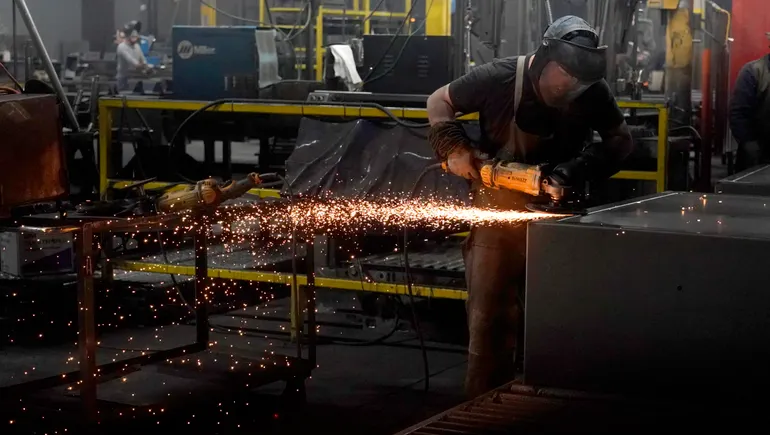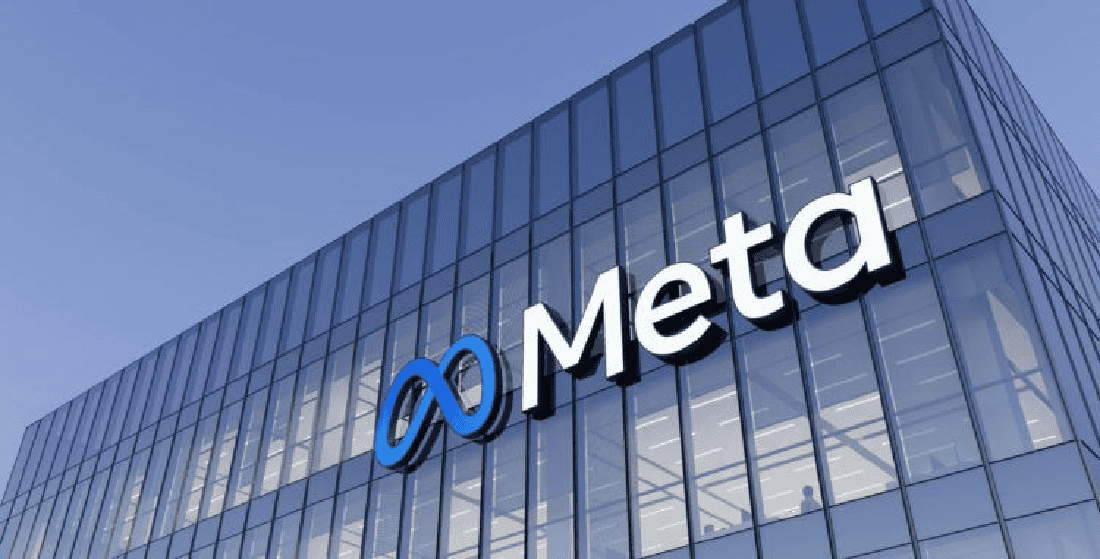HR technology is everywhere. This was no more evident than during this year’s HR Tech conference. The expo floor featured a plethora of platforms and start-ups (over 400), with each vendor offering a product accompanied by an array of promises. Many decision-makers, when roaming the expo floor or watching a demo, were doing so with a desire to choose the next platform. Why are they shopping for the next platform?
Because the focus tends to be on adding more platforms to fix problems, address current gaps or streamline processes within a single (or fewer) vendor, rather than designing and driving a technology ecosystem with intent.
The result for many organizations is that their HR tech stacks are growing, but their talent strategies are not advancing.
Why buying more HR tech can drift you (further) off your strategic course
Several salient factors help explain why even well-intentioned digital projects end up disconnected from your strategic intent.
First, most HR tech stacks evolve through point solutions—individual tools acquired to solve localized or immediate problems and gaps. Distributed accountability, where no one is responsible for the complete system and the operation of a patchwork of sub-optimized and unscalable processes, is an undesired outcome of point solutions.

Second, many decision-makers elect to settle—for proxies or criteria and processes considered reasonable or “good enough” for the narrow use case they are addressing. What begins as a small adjustment—in the system configuration, a default workflow, a pre-set competency model—can, over time, significantly shape how you define and do talent management.
When implementation timelines and integration pressures mount, decisions are made to fit the externally designed system, which takes you down a path of adopting a technology-driven, rather than a business-driven, approach. The criteria and processes embedded in the externally designed platform are increasingly shaping your talent decisions, and as a result, you are drifting further away from your strategic intent. Over time, these compromises negatively compound because your talent criteria are not precise.
Finally, these trade-offs introduce errors. Misalignment prevails and strategic drift continues because errors occur in areas where strategic precision is crucial.
Many HR tech stacks are plagued by significant financial and process inefficiencies. Fragmented systems, redundant workflows and poorly aligned tools often generate financial, procedural and human waste. Quantifying and reclaiming this waste offers an opportunity: to reinvest in decision frameworks and digital infrastructure that enable your organization’s talent strategy.
See also: 5 ways tech can supercharge employee wellbeing strategies
Getting your talent strategy back on track
Right-siding your talent strategy starts with an accumulation audit. The purpose: to gain viability because you can recalibrate and realign what you can’t see. Begin by mapping every piece—and yes, I mean every piece—of technology across your talent and HR ecosystem. Garner knowledge about what technologies are operational, what they do and the tasks completed, and articulate the why of the system and its data. Be clear about its purpose: operational, compliance, strategic, shadow technology or other?
Auditing your technology stack enables you to catalogue your software and, more importantly, understand what your digital infrastructure actually looks like. Establishing a clear picture of “where you are,” no matter how uncomfortable and complex the situation is, is essential.

Next, you can prioritize by identifying the “unitaskers”—the single-purpose tools that add complexity without making any meaningful strategic or operational impact. These systems are often the easiest to decommission, but caution must be exercised because they may be entangled with others, and removing one without understanding the interdependencies can have unintended ripple effects.
Then, you can focus on simplification. Which workflows include unnecessary steps that can be eliminated or replaced? What tasks could automation or agents take over? And most importantly, which technologies are misaligned with your current strategic intent? Each intentional refinement brings your digital infrastructure back into alignment and helps you advance your talent strategy, rather than distracting from it.
And what about gen AI?
Talk about generative AI and agents is dominating the HR community. Connecting AI capability and the HR tech stack is a central consideration for decision-makers enterprise-wide, with gen AI questions sitting at the top of many decision agendas, coupled with excitement and unease about what comes next. So, where can HR decision-makers deploy AI?
Gen AI offers two immediate pathways for progress. We can use it to make each individual task better, or we can use it to reimagine how those tasks connect. The first path optimizes pre-existing processes—that which we are already doing. The second path enables us to fundamentally reimagine how tasks connect and how work happens.
Too often, organizations focus on optimizing where the desired outcome is to tweak, rather than transform, processes and tasks. Maintaining misaligned, fragmented and complex HR tech stacks further reinforces the emphasis placed on pursuing incremental improvements rather than rethinking the digital infrastructure as a whole.
The talk tends to be in terms of accumulating better (aka more) gen AI platforms—much akin to the prevailing approach to the HR tech stack. Talking about improving talent systems and decision-making logics, however, is significantly more strategic because the promise of gen AI isn’t speed (aka efficiency); it’s structure. Gen AI, when designed and deployed intentionally, with the whole enterprise-wide strategy front of mind, allows us to redesign how talent decisions are made, how data flows and how work happens.
A few more words about HR tech and strategy
Now is the moment to pause the cycle of accumulation. Audit, simplify and realign before adding anything new and rethink your talent digital infrastructure—because choosing between the currently available platforms and solutions may not be the best choice. Deciding not to choose the “close enough” option may be the most strategic talent decision you make this year, especially in areas where strategic precision is essential.





















